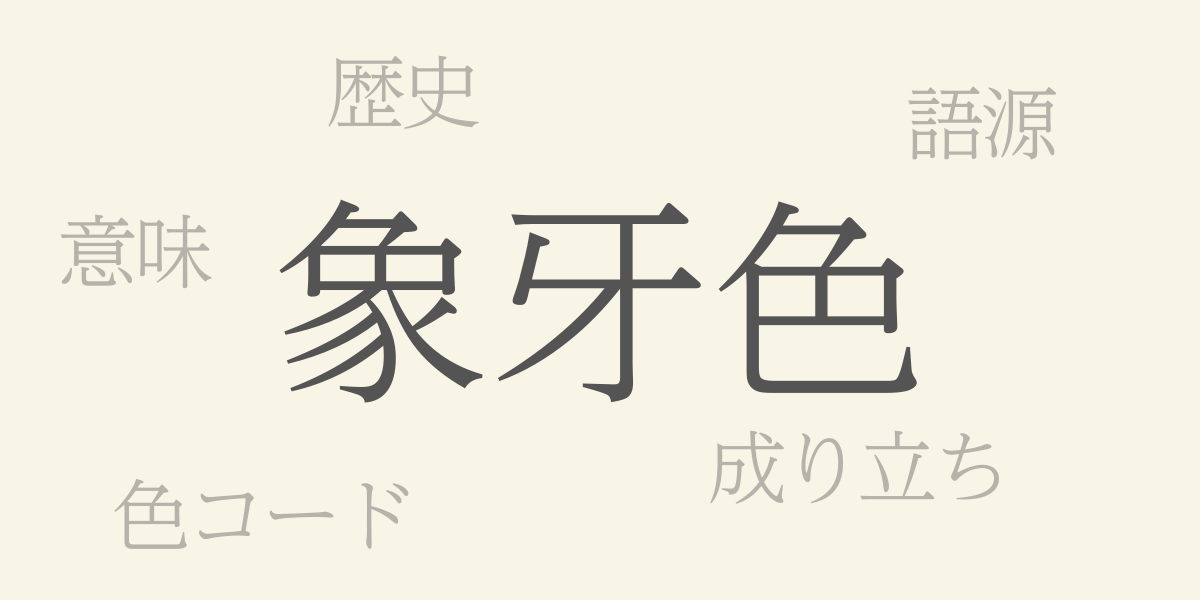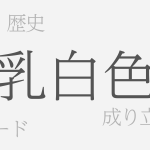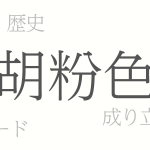Colors are mirrors reflecting culture. Among the numerous traditional Japanese colors, “Zōgeiro (象牙色 – ぞうげいろ)” stands out, revealing unique hues that encapsulate Japan’s history and aesthetic sensibilities. This article delves into the allure of Zōgeiro, exploring its rich history, color codes, and its Western name.
About Zōgeiro (象牙色 – ぞうげいろ)
Zōgeiro, as the name suggests, refers to a light cream color reminiscent of elephant ivory. As a traditional Japanese color, it is frequently used in kimonos and Japanese paintings, offering a calm and elegant ambiance. Its compatibility with various colors makes it versatile for a broad range of designs.
The History of Zōgeiro
Zōgeiro has been used since the Heian period and is a color commonly found in Japanese art and crafts. The material ivory, valued as a luxury, led to this color symbolizing extravagance and elegance. Despite changing times, its serene shade continues to be cherished by many.
Zōgeiro Color Codes
To replicate Zōgeiro in digital design, specific color codes are necessary. Below are the standard color codes for Zōgeiro:
- HEX: #F8F4E6
- RGB: R:248 G:244 B:230
- CMYK: C:3 M:5 Y:13 K:0
Western Name for Zōgeiro
The Western name for Zōgeiro is “Ivory,” known in English-speaking regions as the word for elephant tusks. In Western design, including interior and fashion, this color imparts a tranquil and refined impression, hence its widespread use.
Summary of Zōgeiro
Zōgeiro is a color alive with Japan’s traditions and history. Its elegant hue continues to be beloved in the modern era and is valued in the world of design. With available color codes, Zōgeiro can be accurately represented digitally, allowing traditional Japanese beauty to be expressed in contemporary forms. Incorporating this sophisticated hue could add a touch of calmness and historical depth to your designs.

























